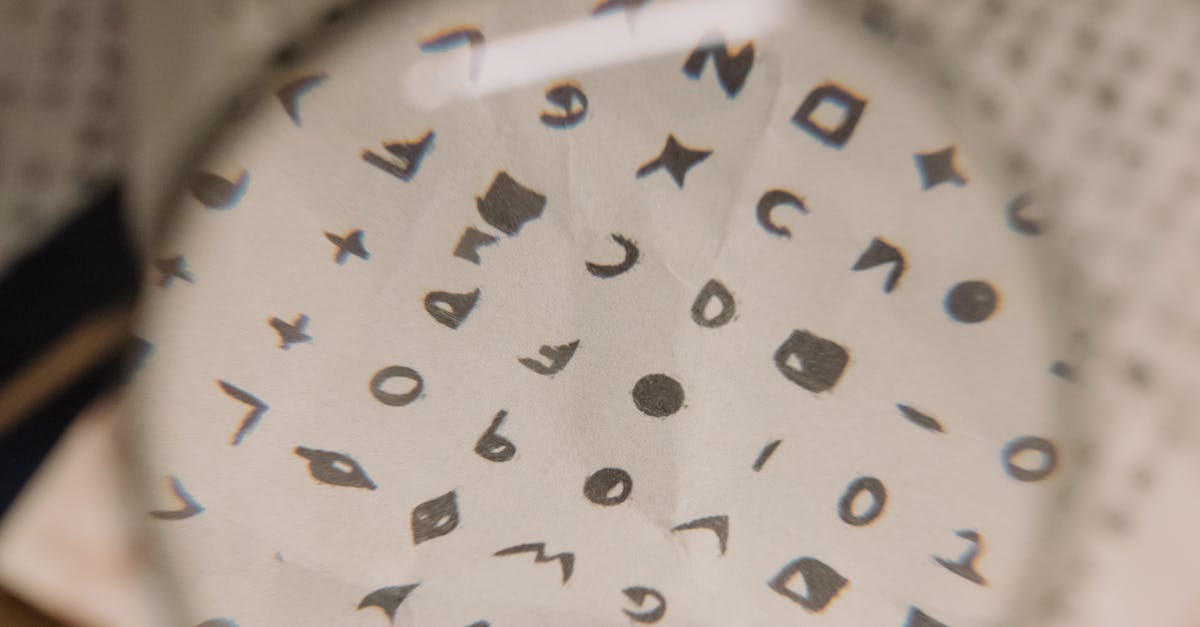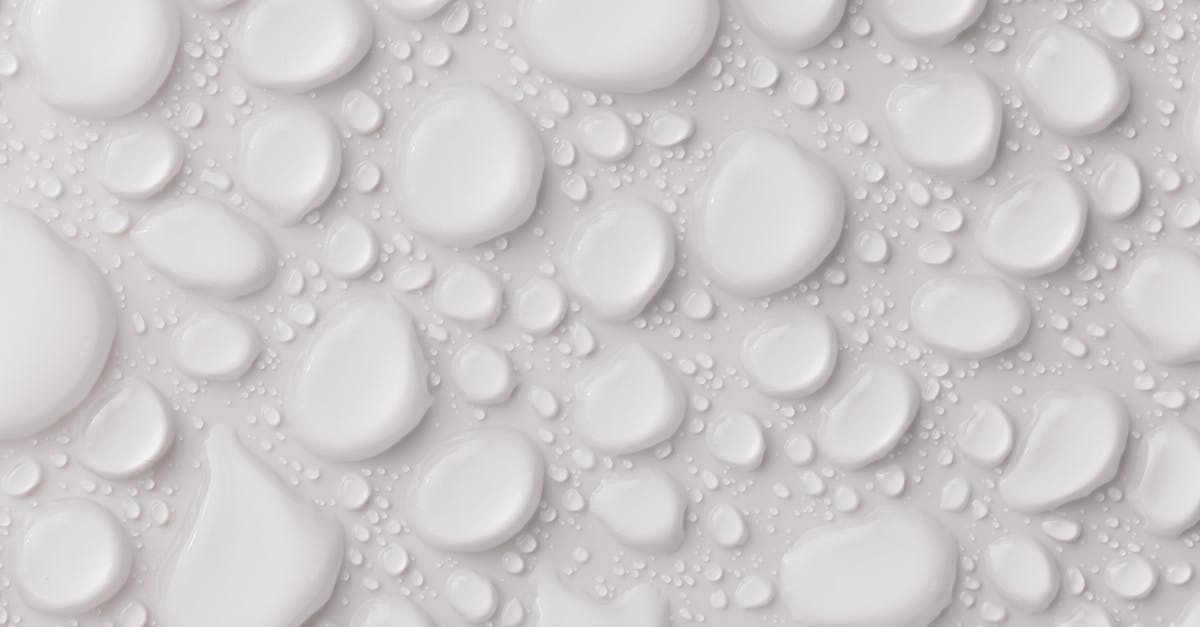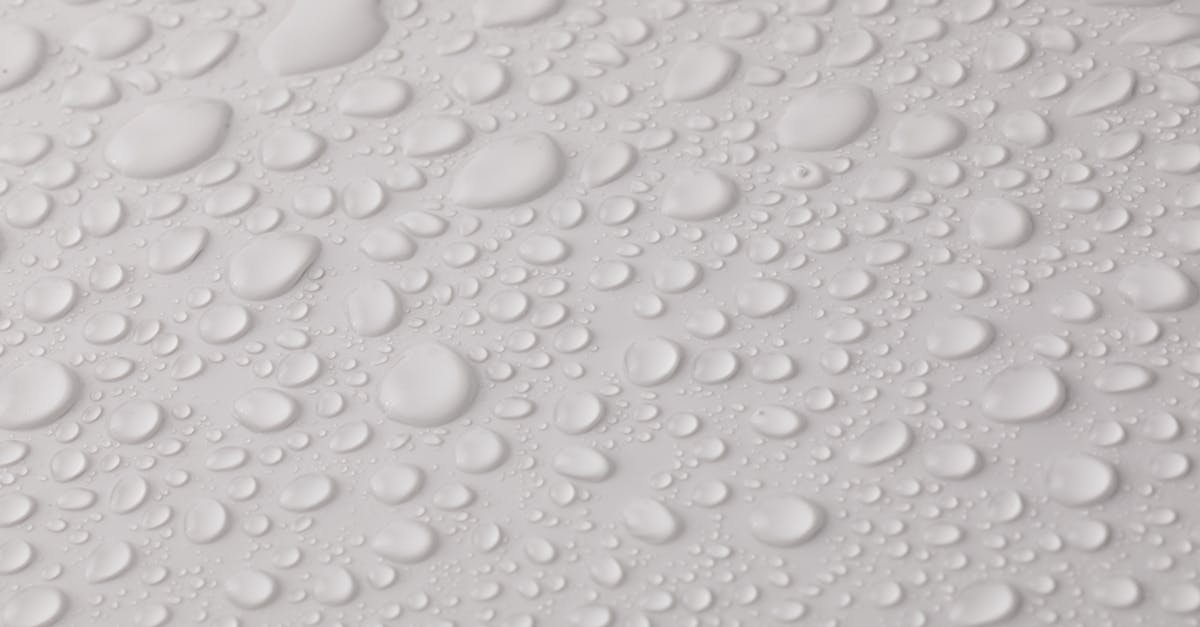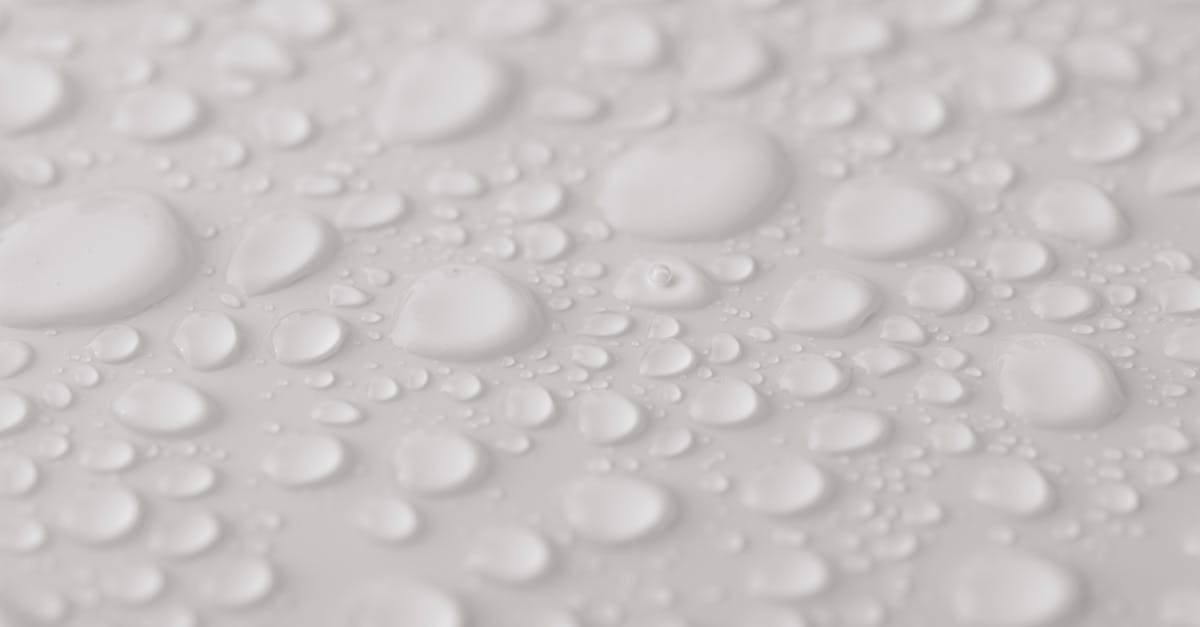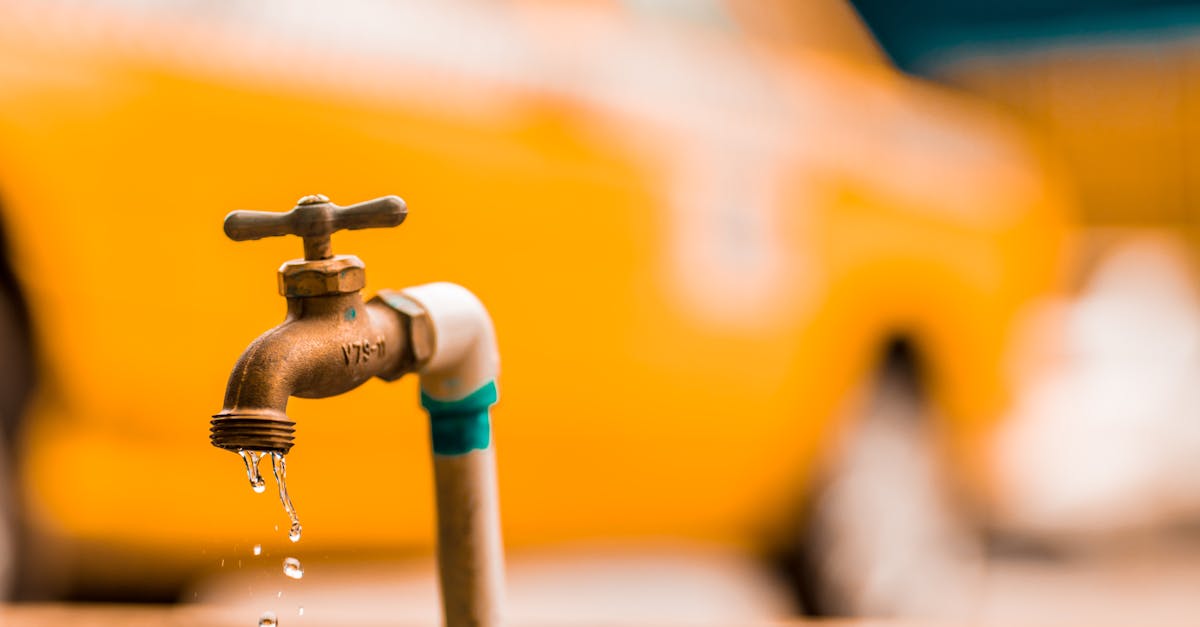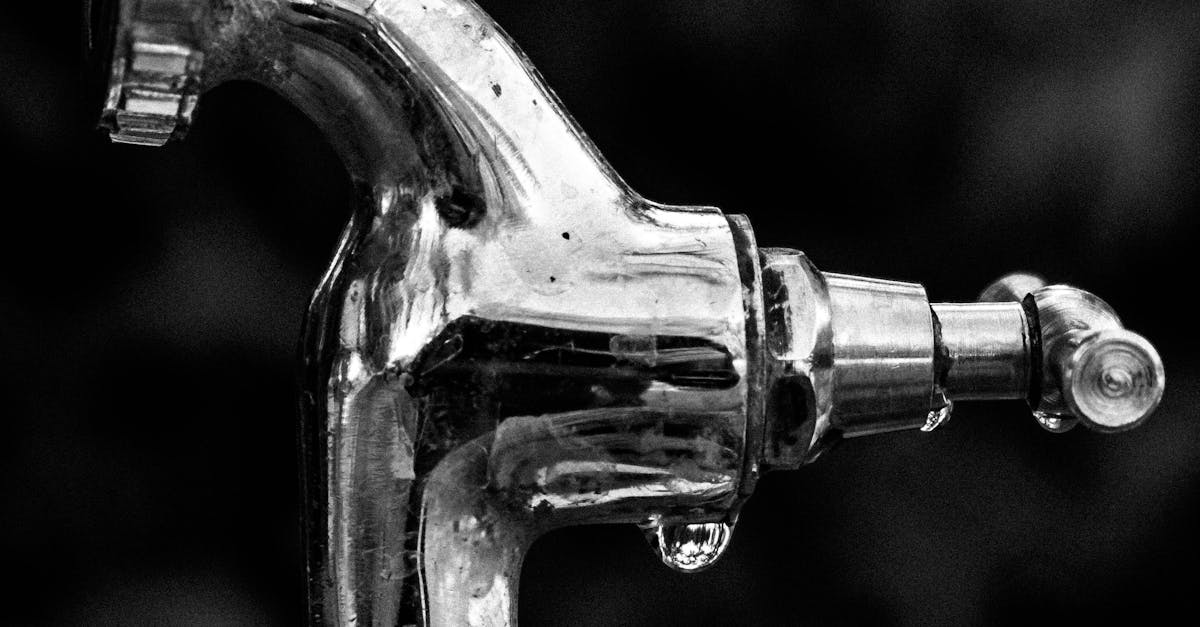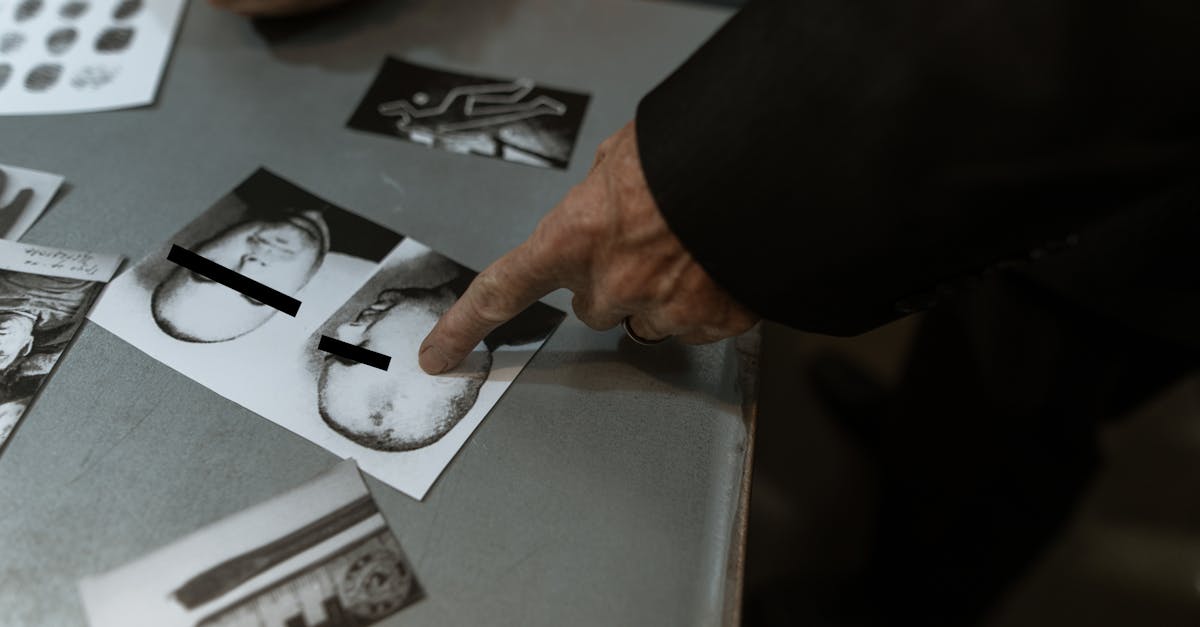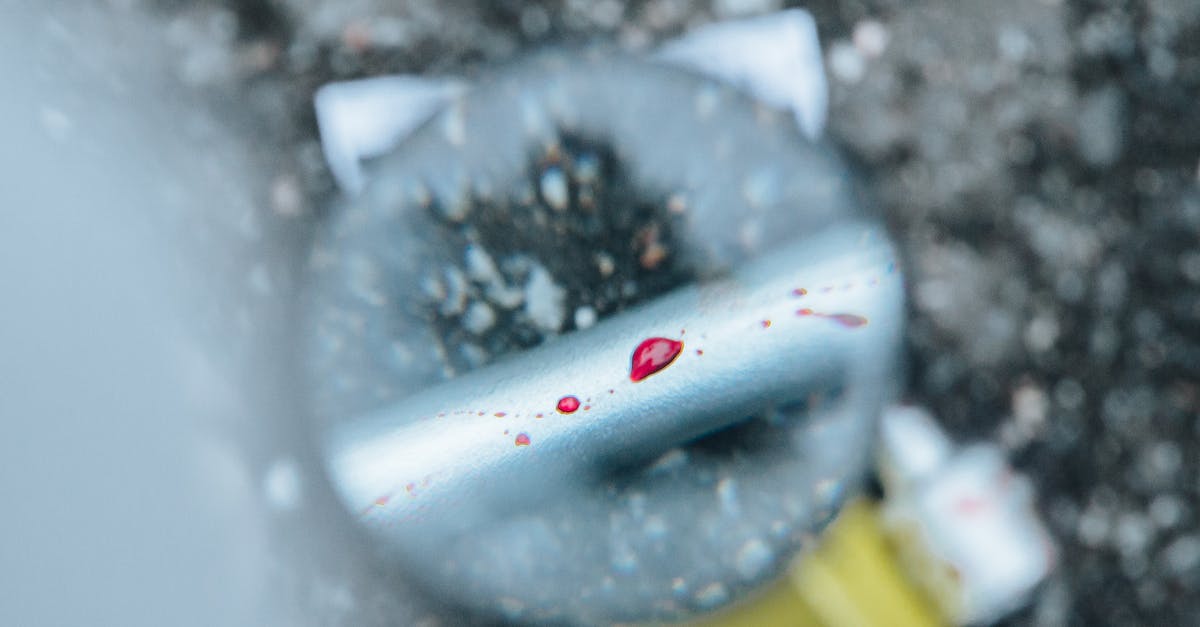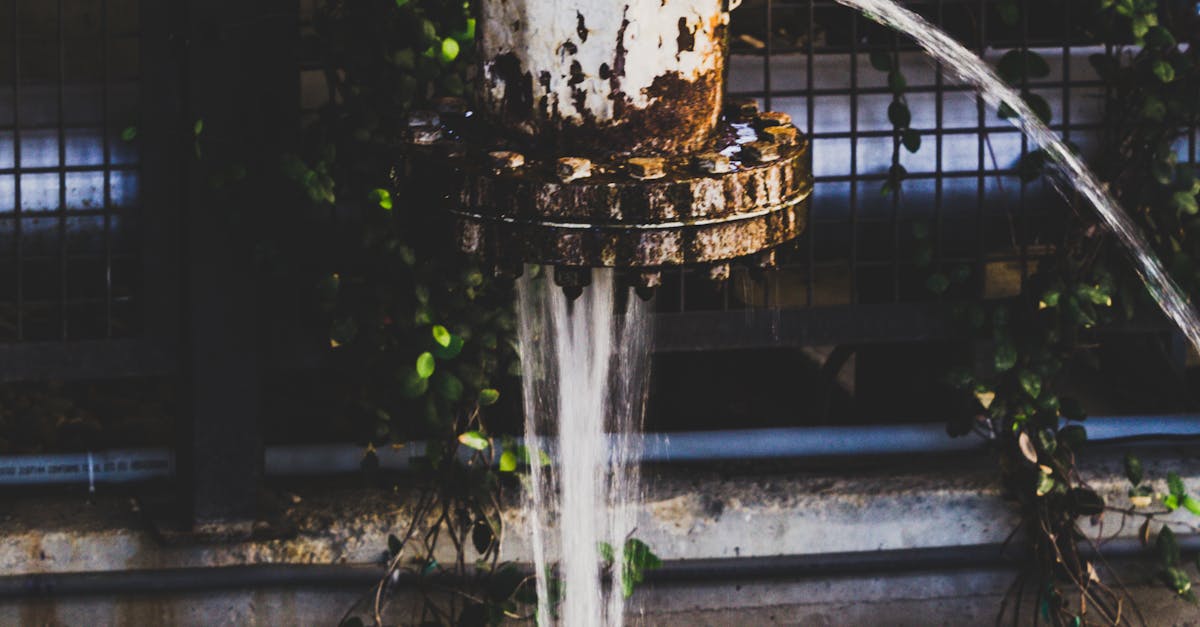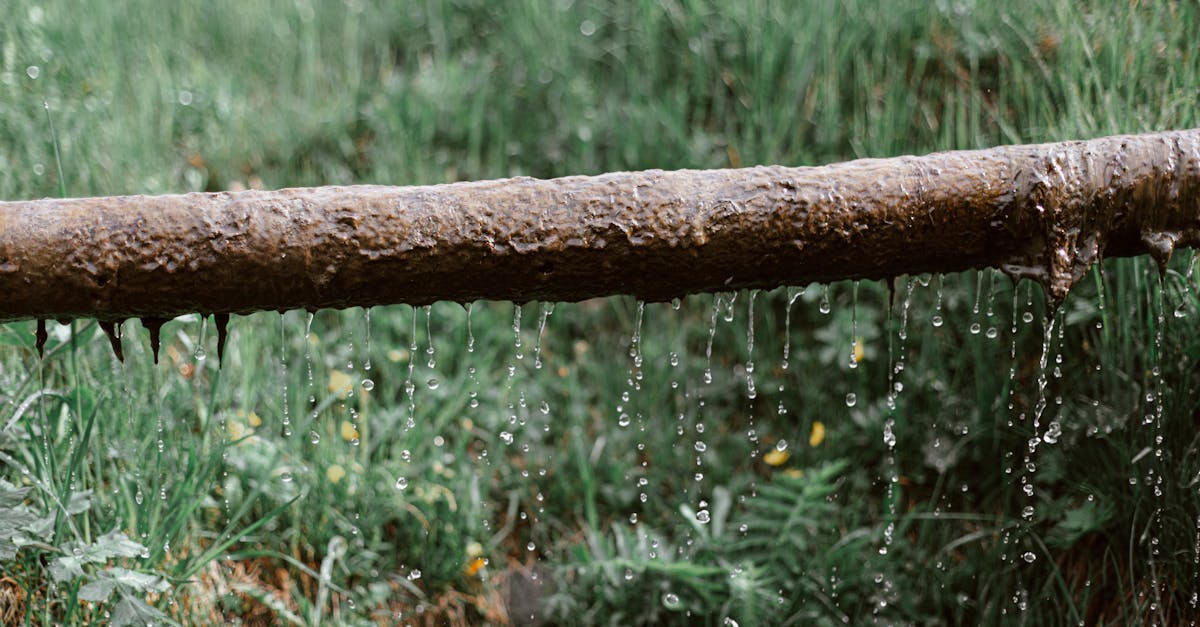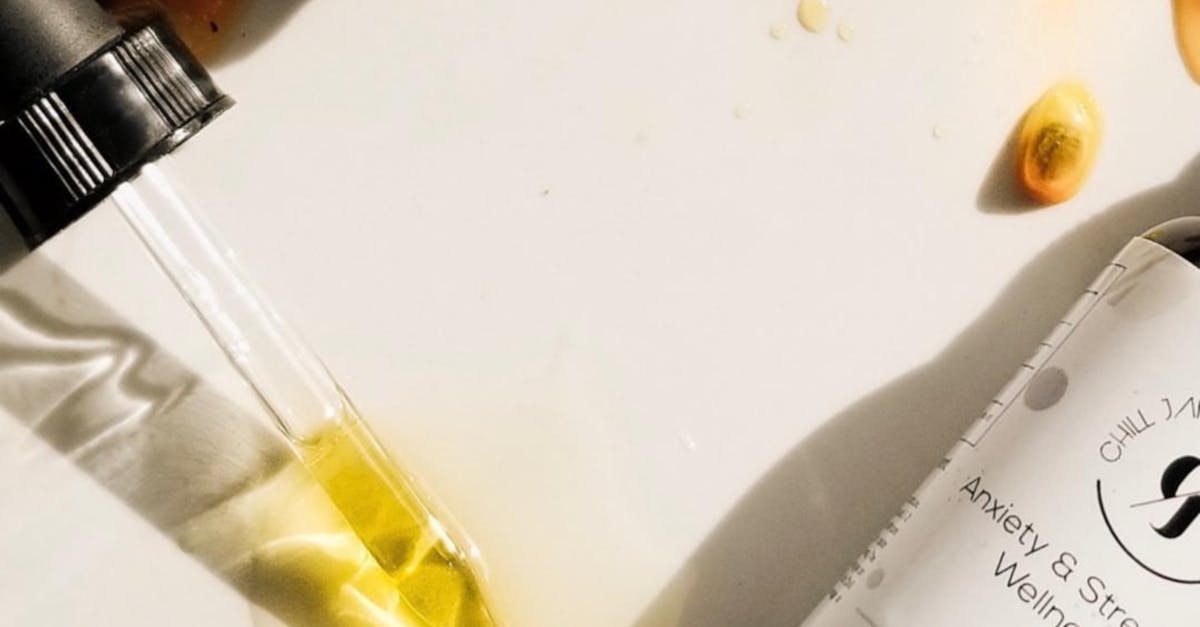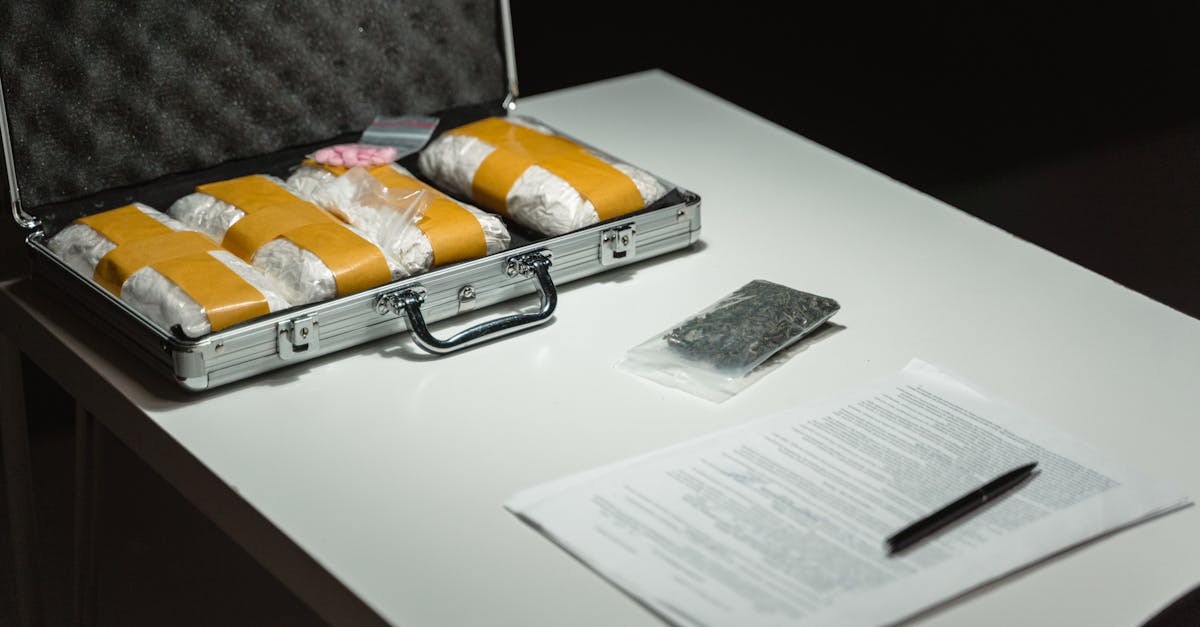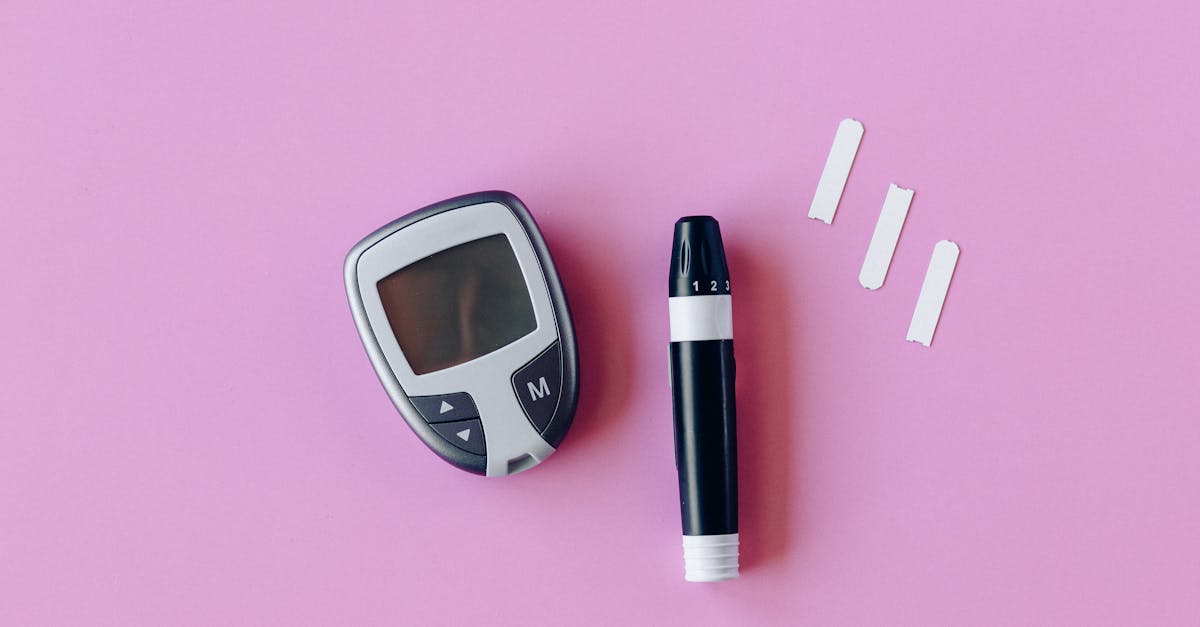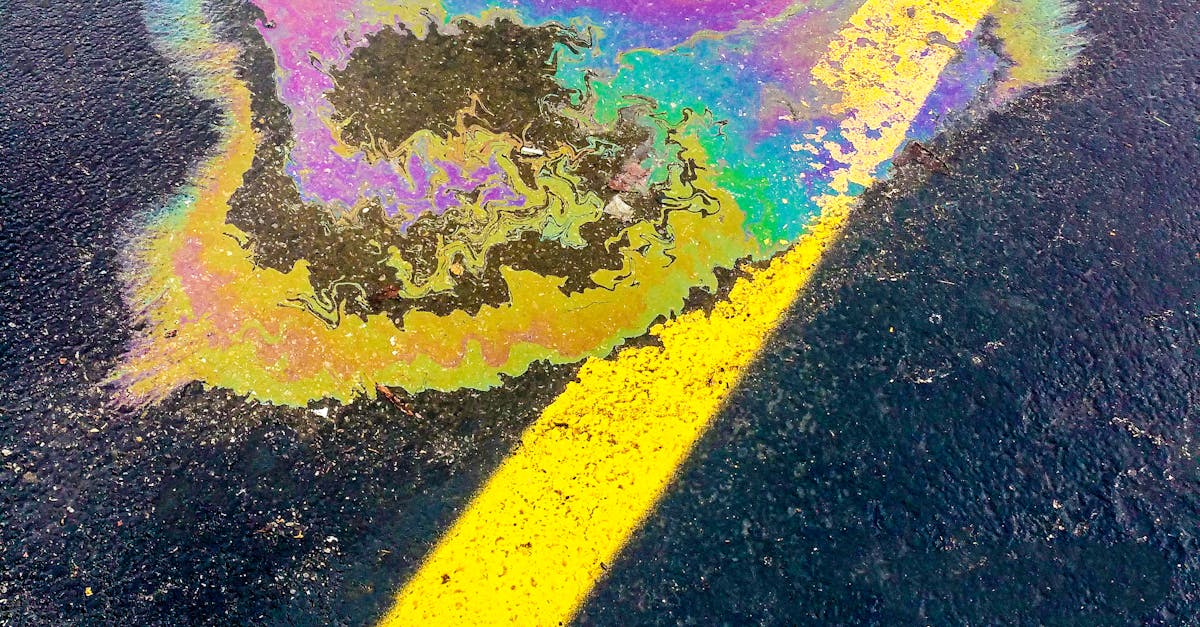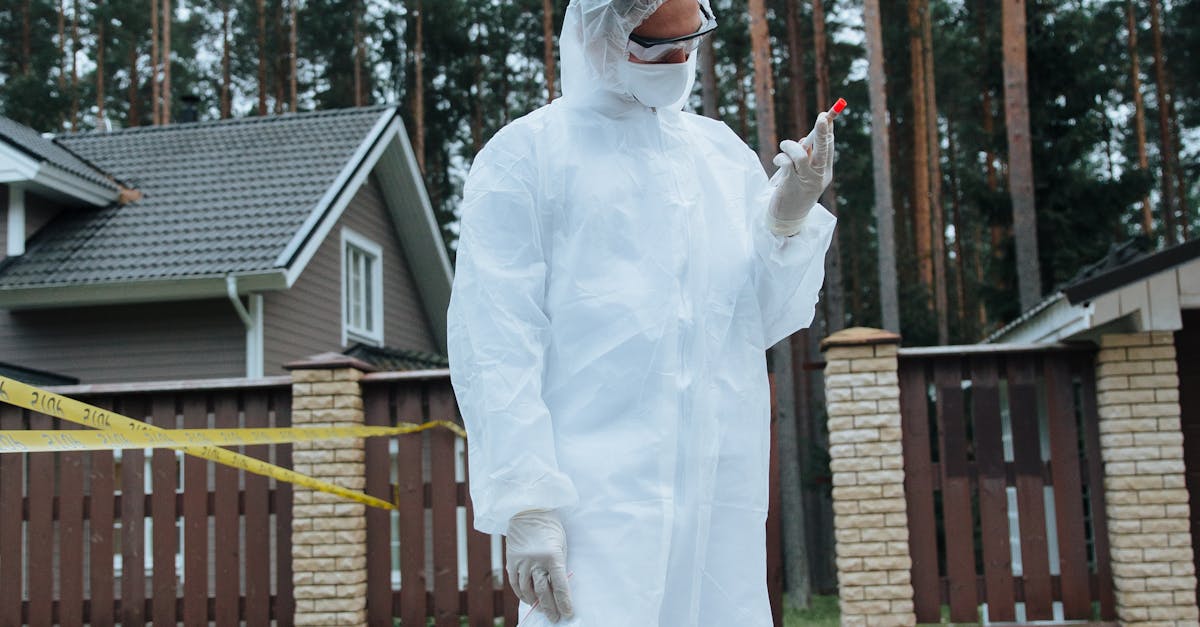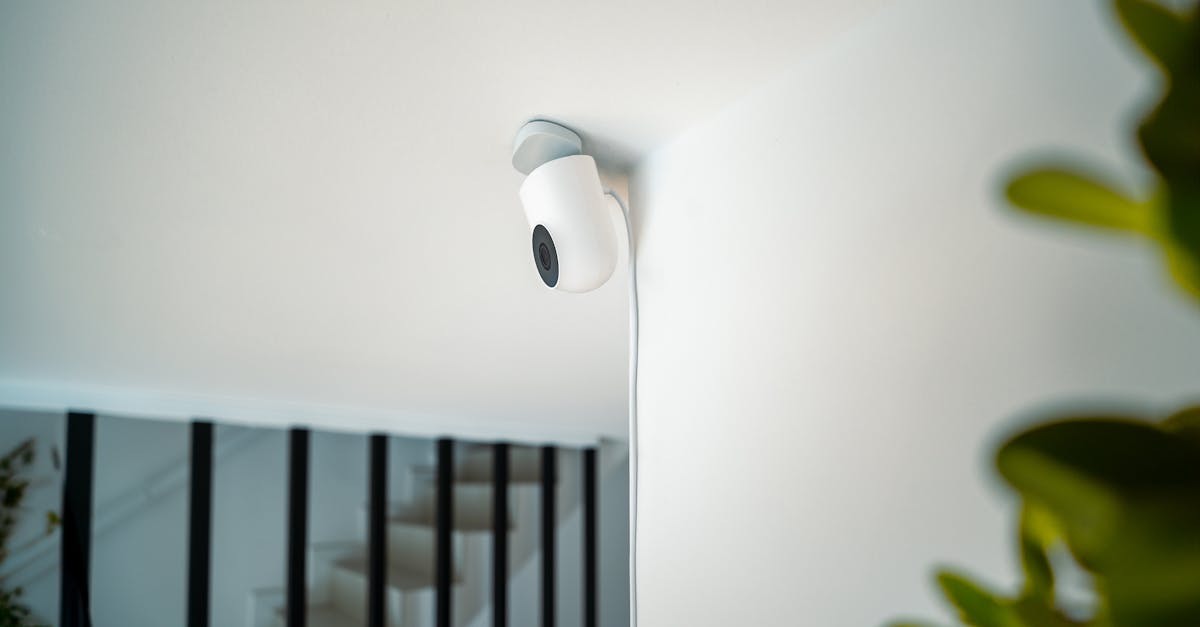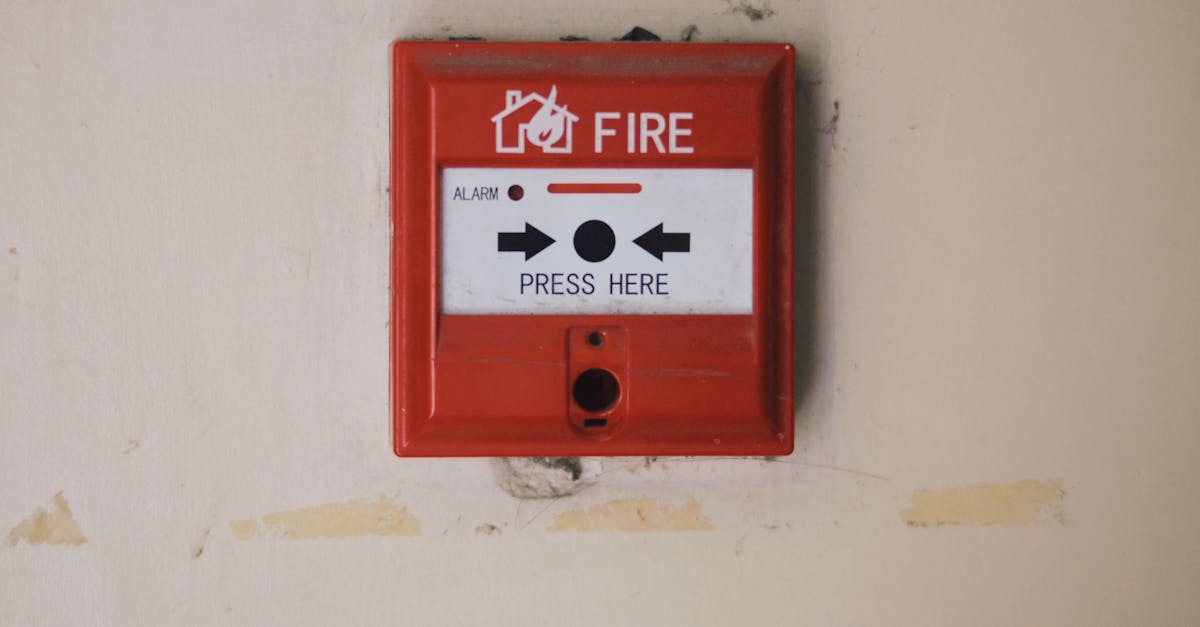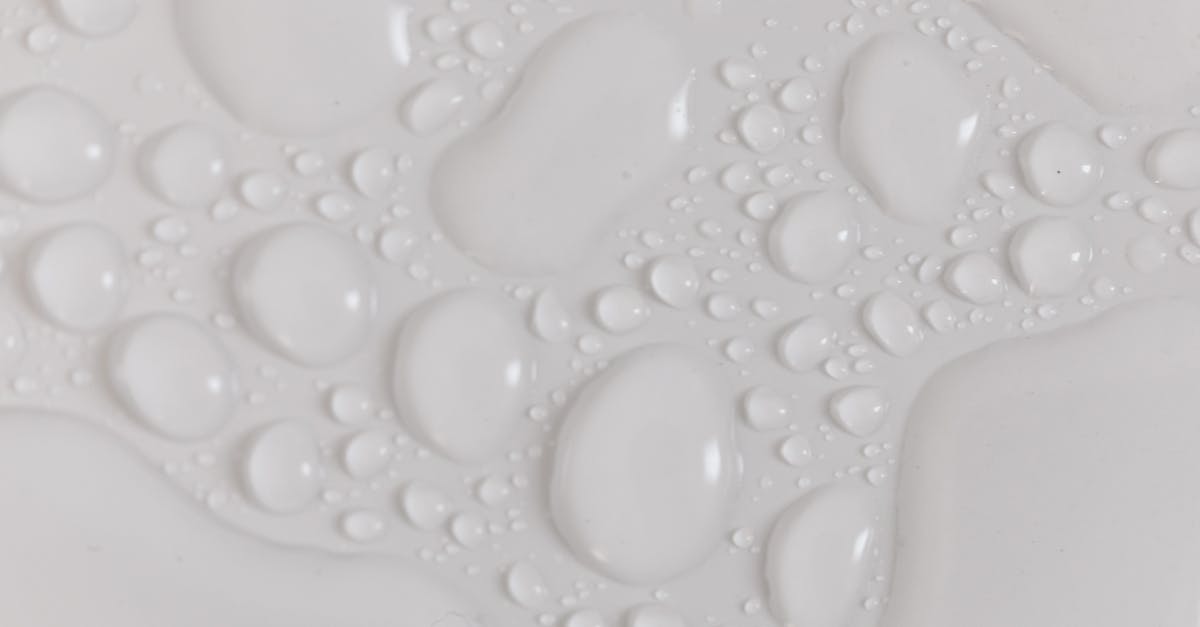
Table Of Contents
Video Camera Inspections
Video camera inspections have revolutionised the way plumbers detect hidden leaks. Using waterproof, high-resolution cameras, plumbers can navigate through plumbing systems without excavation. This technology allows for real-time visuals of pipes, capturing issues such as cracks, blockages, and corrosion. The ability to identify leaks from within the pipe system reduces the guesswork often associated with traditional inspection methods.
These inspections are not only efficient but also cost-effective. By pinpointing the exact location of leaks, plumbers can focus their repair efforts more effectively. This precision minimises disruption and ensures that the process of leak detection and repair is streamlined. Such advancements in technology have made it easier for both homeowners and professionals to maintain the integrity of plumbing systems, reducing long-term costs and water wastage.
The Role of Technology in Locating Leaks
Advanced technology has transformed the way plumbers approach leak detection and repair. Traditional methods often relied on guesswork, resulting in extensive property damage and costly repairs. Now, high-tech tools, such as infrared thermography and acoustic sensors, allow professionals to accurately pinpoint the source of leaks without unnecessary excavation or disruption.
These innovative devices work by capturing and analysing data that may be invisible to the naked eye. For example, infrared cameras detect temperature variations indicating hidden leaks, while acoustic sensors listen for the sound of water escaping pipelines. The integration of these technologies into leak detection and repair processes not only enhances accuracy but also saves time and resources, ensuring that property owners receive timely and effective solutions.
Pressure Testing Techniques
Pressure testing techniques are essential for identifying leaks in plumbing systems. Plumbers typically use these methods to assess the integrity of pipes and joints. A controlled amount of pressure is introduced into the system, allowing technicians to monitor any fluctuations. If the pressure drops significantly, it indicates a leak, leading to further investigation. The procedure is often utilised on both residential and commercial properties to ensure the plumbing is functioning safely and efficiently.
This method plays a crucial role in leak detection and repair. By isolating sections of the plumbing system, plumbers can determine the location of the leak without unnecessary excavation. This targeted approach minimises disruption to the property. Incorporating advanced technology enhances the precision of pressure testing, helping professionals to pinpoint issues quickly and effectively. With this approach, homeowners can avoid extensive damage and costly repairs caused by undetected leaks.
How Pressure Testing Works
Pressure testing is a widely used method in plumbing to identify potential leaks in a system. It involves sealing off a segment of the pipework and filling it with air or water. By monitoring the pressure levels within the contained section, plumbers can determine if there is a drop in pressure, which may indicate a leak. This process can be performed on various types of plumbing systems, including residential, commercial, and industrial.
The accuracy of pressure testing makes it a reliable approach for leak detection and repair. If any decrease in pressure is detected during the test, plumbers can further investigate the area to pinpoint the exact location of the leak. This method not only saves time but also minimises disruption to the property, as it often eliminates the need for extensive digging or invasive inspections. By utilising pressure testing, professionals can provide a more efficient and effective solution to plumbing issues.
Trenchless Leak Detection
Trenchless leak detection has revolutionised the way plumbers approach the problem of hidden leaks in underground pipes. This method utilises advanced technology to locate leaks without the need for extensive digging. By employing techniques such as ground-penetrating radar and acoustic listening devices, plumbers can pinpoint the exact location of a leak. This precision reduces the disruption to landscapes and infrastructure, making the process more efficient and cost-effective.
The benefits of trenchless leak detection extend beyond just minimising disruption. The non-invasive nature of these techniques allows for quicker identification and resolution of leaks, leading to significant savings in water usage and repair costs. Leak detection and repair performed through trenchless methods can be completed in less time than traditional approaches, ensuring that clients experience minimal inconvenience while maintaining the integrity of their property.
Benefits of NonInvasive Methods
Non-invasive methods for leak detection and repair have revolutionised the plumbing industry. They minimise disruption to properties by avoiding extensive digging or invasive procedures. Techniques such as thermal imaging and acoustic sensors can accurately identify leaks without needing to excavate, preserving the integrity of landscapes and structures alike. This approach not only saves time but also reduces the overall cost of repairs, making it an appealing choice for both homeowners and professionals.
Moreover, utilising non-invasive methods allows for quicker assessments and precise diagnoses of leak locations. Advanced technology enhances the detection process, enabling plumbers to locate problematic areas efficiently. This leads to timely interventions, preventing further damage and lowering repair costs for clients. Leak detection and repair have become more effective due to these innovations, facilitating a smoother, less disruptive experience for all parties involved.
FAQS
What are the most common methods plumbers use to detect hidden leaks?
Plumbers often use video camera inspections, pressure testing techniques, and trenchless leak detection methods to identify hidden leaks in plumbing systems.
How does video camera inspection help in leak detection?
Video camera inspections involve inserting a small, waterproof camera into the plumbing system, allowing plumbers to visually assess the condition of pipes and locate leaks without invasive measures.
Can pressure testing be used on all types of plumbing?
While pressure testing is effective for most plumbing systems, it may not be suitable for all types of pipes. Plumbers will assess the condition and type of plumbing before determining the best approach.
What are the advantages of trenchless leak detection?
Trenchless leak detection is non-invasive, which means it minimises damage to landscaping and structures. It's often quicker and more cost-effective compared to traditional methods.
How do I know if I have a hidden leak in my home?
Signs of a hidden leak can include unexplained increases in water bills, damp or discoloured patches on walls or ceilings, the sound of running water when no taps are in use, or a sudden drop in water pressure. If you notice these signs, it's best to consult a plumber.

